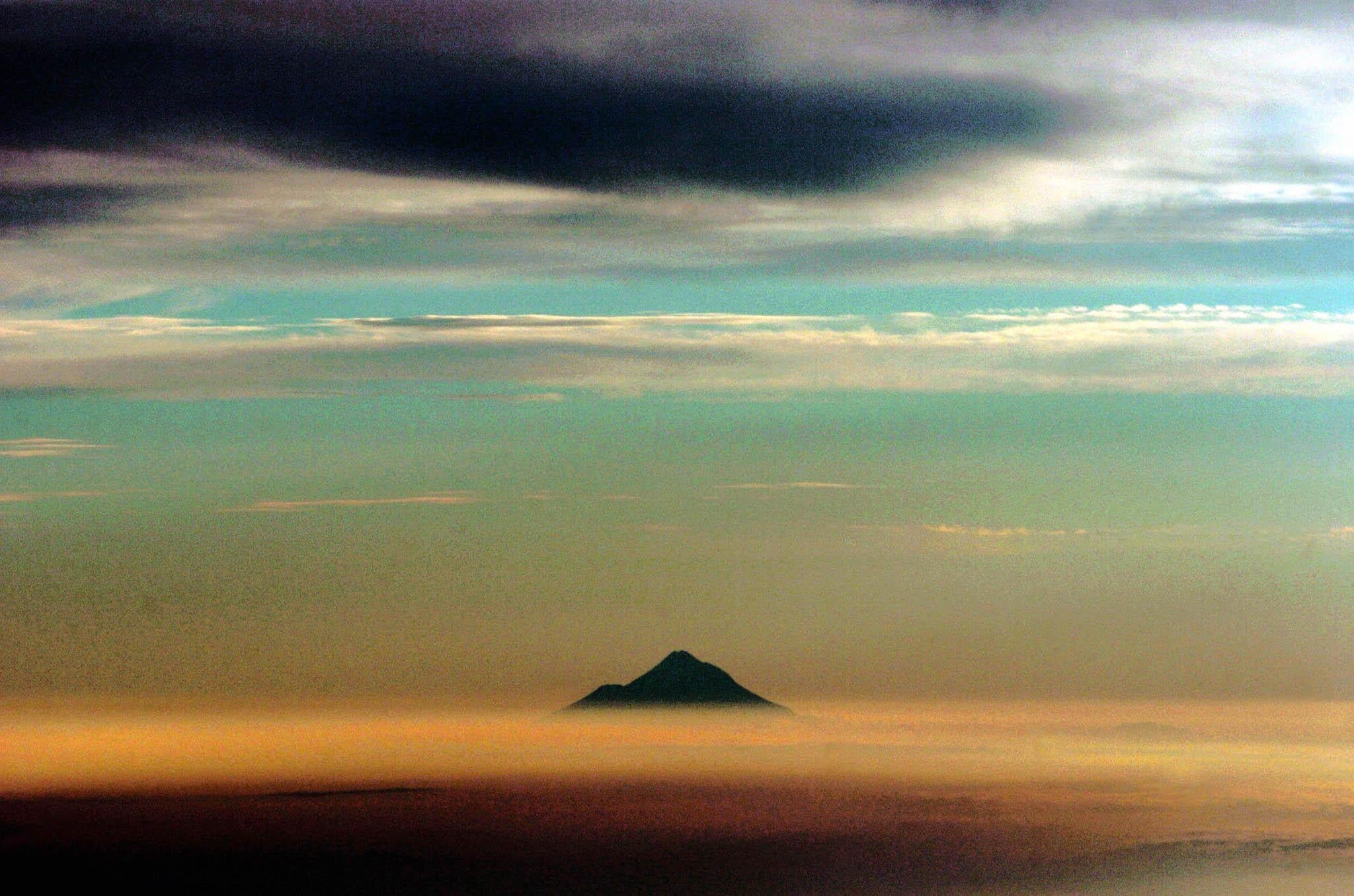Zealandia: Previously unknown, underwater continent around New Zealand, say scientists
The landmass matches all of the important criteria for being recognised as a continent

Your support helps us to tell the story
From reproductive rights to climate change to Big Tech, The Independent is on the ground when the story is developing. Whether it's investigating the financials of Elon Musk's pro-Trump PAC or producing our latest documentary, 'The A Word', which shines a light on the American women fighting for reproductive rights, we know how important it is to parse out the facts from the messaging.
At such a critical moment in US history, we need reporters on the ground. Your donation allows us to keep sending journalists to speak to both sides of the story.
The Independent is trusted by Americans across the entire political spectrum. And unlike many other quality news outlets, we choose not to lock Americans out of our reporting and analysis with paywalls. We believe quality journalism should be available to everyone, paid for by those who can afford it.
Your support makes all the difference.There is an entire, submerged and unrecognised continent that has been hiding until now, according to scientists.
New Zealand is sitting on top of the geological entity, most of which sits underneath the South Pacific and so can’t be seen, according to a major new paper.
The continent – known as Zealandia – is a distinct geological entity and meets all the criteria that are satisfied by the existing seven continents, the researchers said. It is elevated above the area that surrounds it, has its own distinctive geology, the area that it takes up is well defined and it has a thick crust – just like the seven masses we currently class as continents.
The new continent measures five million square kilometres and 94 per cent of that is underwater, according to the new paper published in the Geological Society of America’s journal, GSA Today. It is made up of three major landmasses: New Zealand’s north and south islands, and New Caledonia to the north.
Scientists said that classifying it as a continent would allow them to study how the land masses are formed and break up, and that it wouldn’t just be a matter of moving from a total of seven to eight.
“The scientific value of classifying Zealandia as a continent is much more than just an extra name on a list,” the researchers from New Zealand’s official geological body GNS Science wrote. “That a continent can be so submerged yet unfragmented makes it (useful)... in exploring the cohesion and breakup of continental crust.”
Finding data on the continent has been difficult because so much of it is beneath the sea – and so mostly invisible – the researchers said. They have been attempting to do so for over 20 years.
“If we could pull the plug on the oceans, it would be clear to everybody that we have mountain chains and a big, high-standing continent,” lead author Nick Mortimer told New Zealand TV station TVNZ.
Having the continent recognised isn’t a matter of appealing to an official body, and there is no codified list of what continents exist. Indeed, some people hold there might be four, while most say that there is seven.
But recognising it as an important part of the way the Earth is made up would be an important, if unofficial, step, Mr Mortimer said. “What we hope is that Zealandia will appear on world maps, in schools, everywhere.”
Join our commenting forum
Join thought-provoking conversations, follow other Independent readers and see their replies
Comments